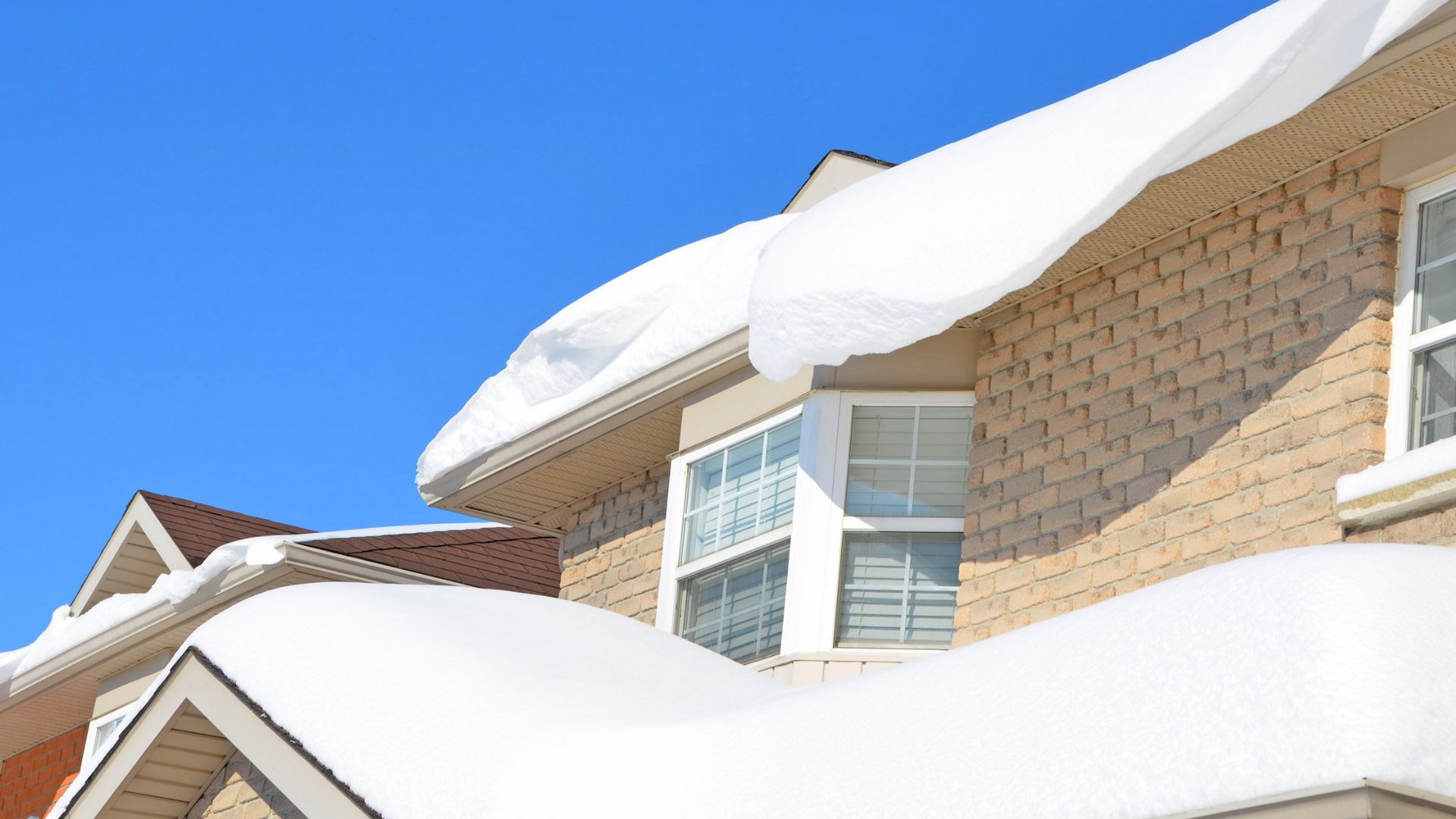Winter Roof Care: Preparing Your Roof for Harsh Weather
As winter approaches, it’s essential to ensure your roof is ready to withstand the harsh weather conditions. Snow, ice, and cold temperatures can take a toll on your roof, leading to potential damage if not properly maintained. Here are some key steps to prepare your roof for winter and keep it in top condition throughout the season.
1. Inspect Your Roof Thoroughly
Visual Inspection: Begin with a visual inspection from the ground. Look for missing, cracked, or curling shingles, as well as any visible damage to the roof’s surface.
Professional Inspection: Consider hiring a professional roofer for a comprehensive inspection. They can identify issues that may not be visible to the untrained eye and provide recommendations for repairs or maintenance.
2. Clean Gutters and Downspouts
Remove Debris: Clear leaves, twigs, and other debris from gutters and downspouts. Clogged gutters can cause water to back up and freeze, leading to ice dams and potential roof damage.
Ensure Proper Drainage: Check that gutters and downspouts are securely attached and directing water away from the foundation of your home. Proper drainage is crucial to prevent water buildup and ice formation.
3. Trim Overhanging Branches
Prevent Damage: Trim any branches that hang over your roof. Heavy snow and ice can cause branches to break and fall, potentially damaging your roof or gutters.
Maintain Clearance: Ensure there is adequate clearance between tree branches and your roof to minimize the risk of debris accumulation and physical damage.
4. Check and Repair Flashing
Inspect Flashing: Examine the flashing around chimneys, vents, skylights, and other roof penetrations. Damaged or loose flashing can allow water to seep into your home, causing leaks and water damage.
Re-seal if Necessary: If you notice any issues with the flashing, re-seal or replace it as needed to ensure a watertight seal.
5. Insulate and Ventilate
Check Attic Insulation: Proper attic insulation helps maintain a consistent temperature, preventing heat from escaping and reducing the risk of ice dams. Ensure your attic has adequate insulation and that it’s evenly distributed.
Ensure Proper Ventilation: Good ventilation prevents moisture buildup and helps regulate temperature. Make sure attic vents are clear and functioning correctly to allow for proper airflow.
6. Address Roof Repairs Promptly
Fix Leaks and Damage: If you notice any signs of leaks or damage during your inspection, address them promptly. Small issues can quickly escalate during winter, leading to more extensive and costly repairs.
Replace Damaged Shingles: Replace any damaged or missing shingles to ensure your roof is fully protected against snow and ice.
7. Install Snow Guards or Roof Heating Cables
Snow Guards: Consider installing snow guards on your roof to prevent large amounts of snow from sliding off and causing damage or injury. Snow guards help distribute the snow load more evenly across your roof.
Roof Heating Cables: In areas prone to heavy snowfall and ice buildup, roof heating cables can be installed to melt snow and ice, preventing ice dams and reducing the risk of roof damage.
8. Clean the Roof Surface
Remove Debris: Clear any leaves, branches, and other debris from the roof surface. Debris can trap moisture, leading to potential damage and ice formation.
Moss and Algae Removal: If your roof has moss or algae growth, clean it off using a gentle solution of water and mild detergent. Avoid using harsh chemicals or high-pressure washing, as these can damage the roofing materials.
9. Prepare for Emergencies
Emergency Supplies: Keep essential supplies on hand, such as a roof rake, ice melt, and tarps. These can help you address minor issues quickly during a snowstorm or cold snap.
Know Your Contractor: Have the contact information of a reliable roofing contractor ready in case you need emergency repairs or assistance during the winter.
10. Monitor Your Roof Throughout Winter
Regular Checks: Continue to monitor your roof throughout the winter season. After heavy snowfalls or storms, check for signs of damage, ice dams, or excessive snow buildup.
Snow Removal: If necessary, use a roof rake to remove excess snow from the roof. Be careful not to damage the shingles or other roofing materials while doing so.
Conclusion
Preparing your roof for winter is essential to ensure it can withstand the harsh weather conditions and protect your home. By conducting thorough inspections, performing necessary maintenance, and taking preventive measures, you can extend the lifespan of your roof and avoid costly repairs. If you’re unsure about any aspect of winter roof care, consult with a professional roofing contractor to ensure your roof remains in top condition throughout the season.


